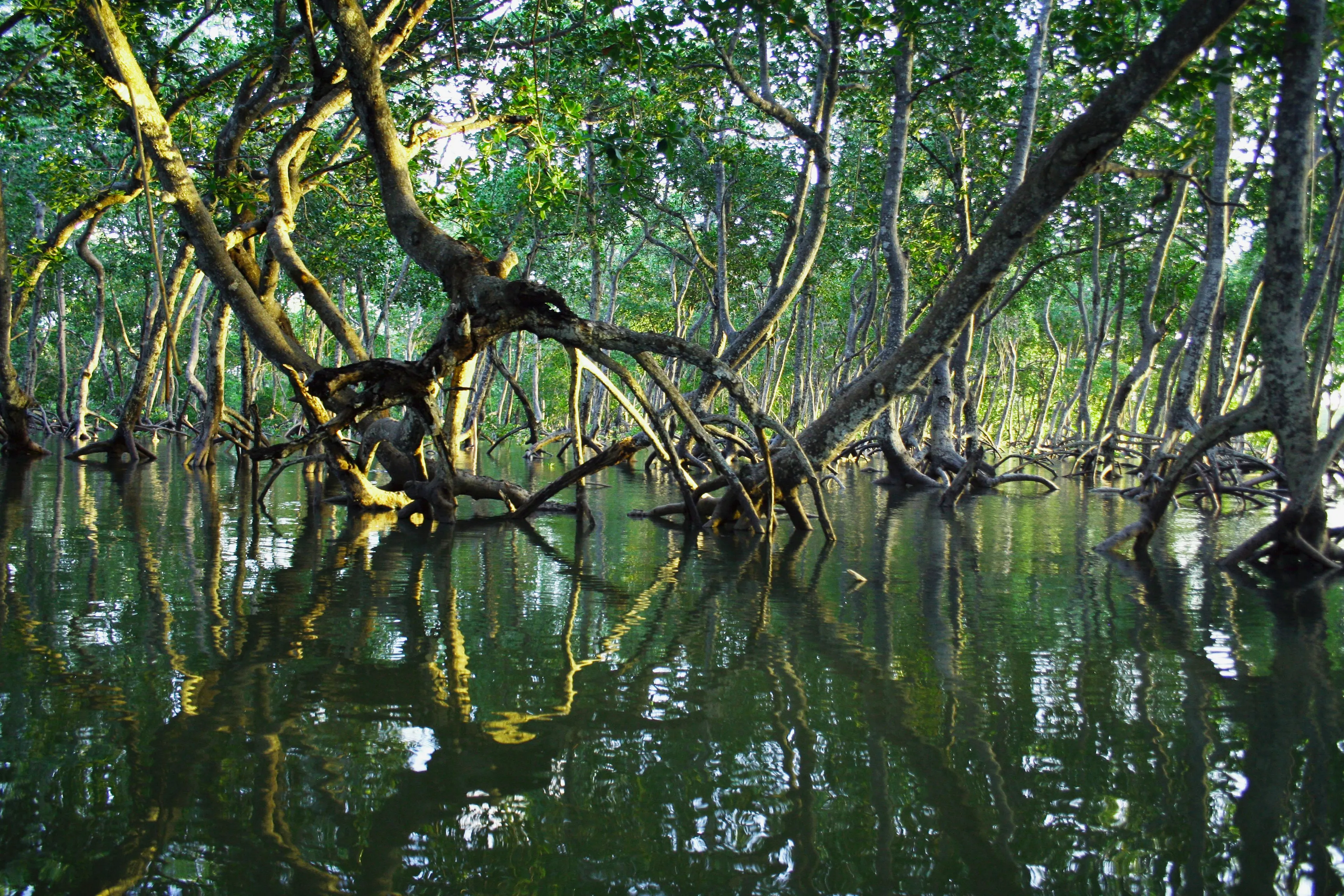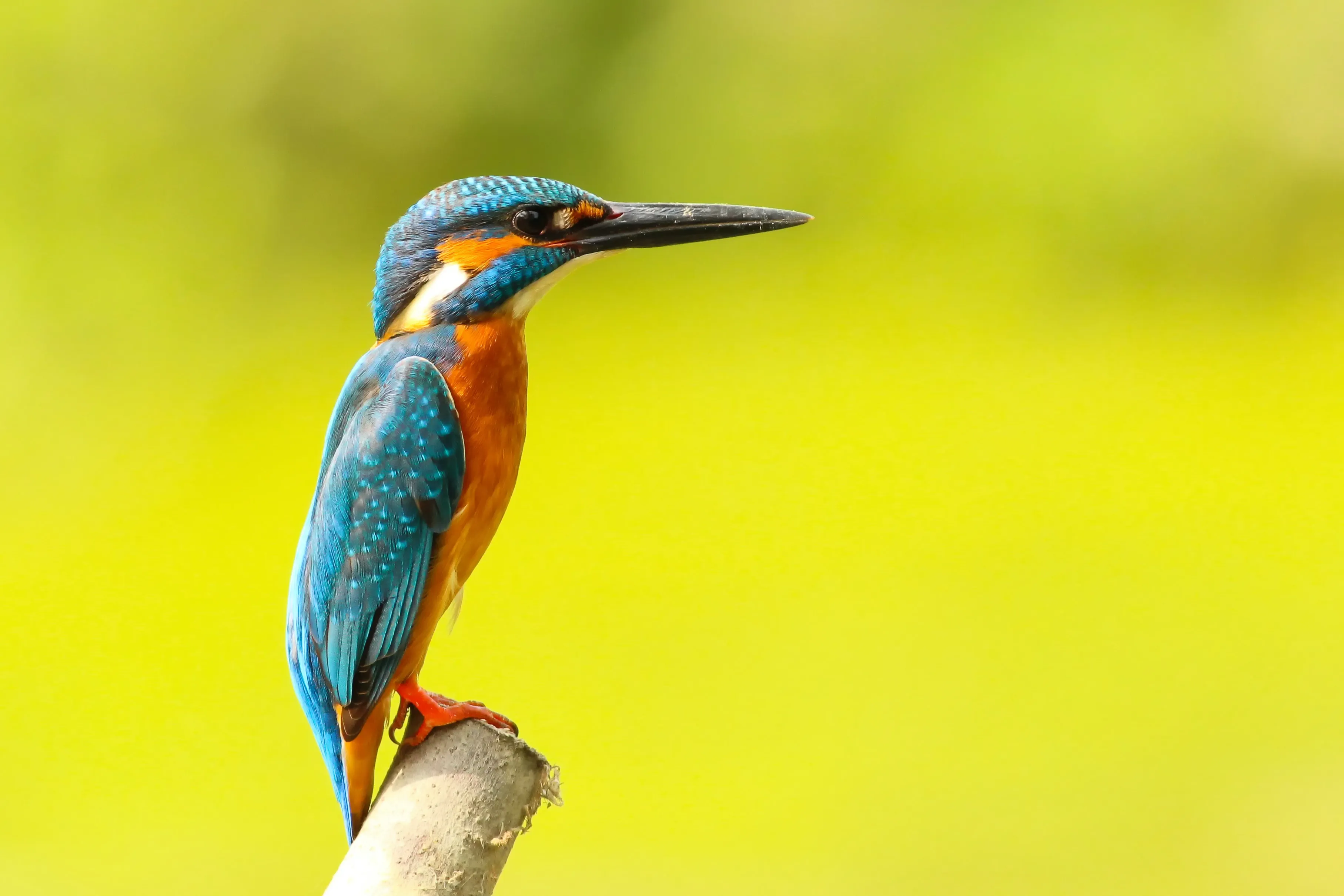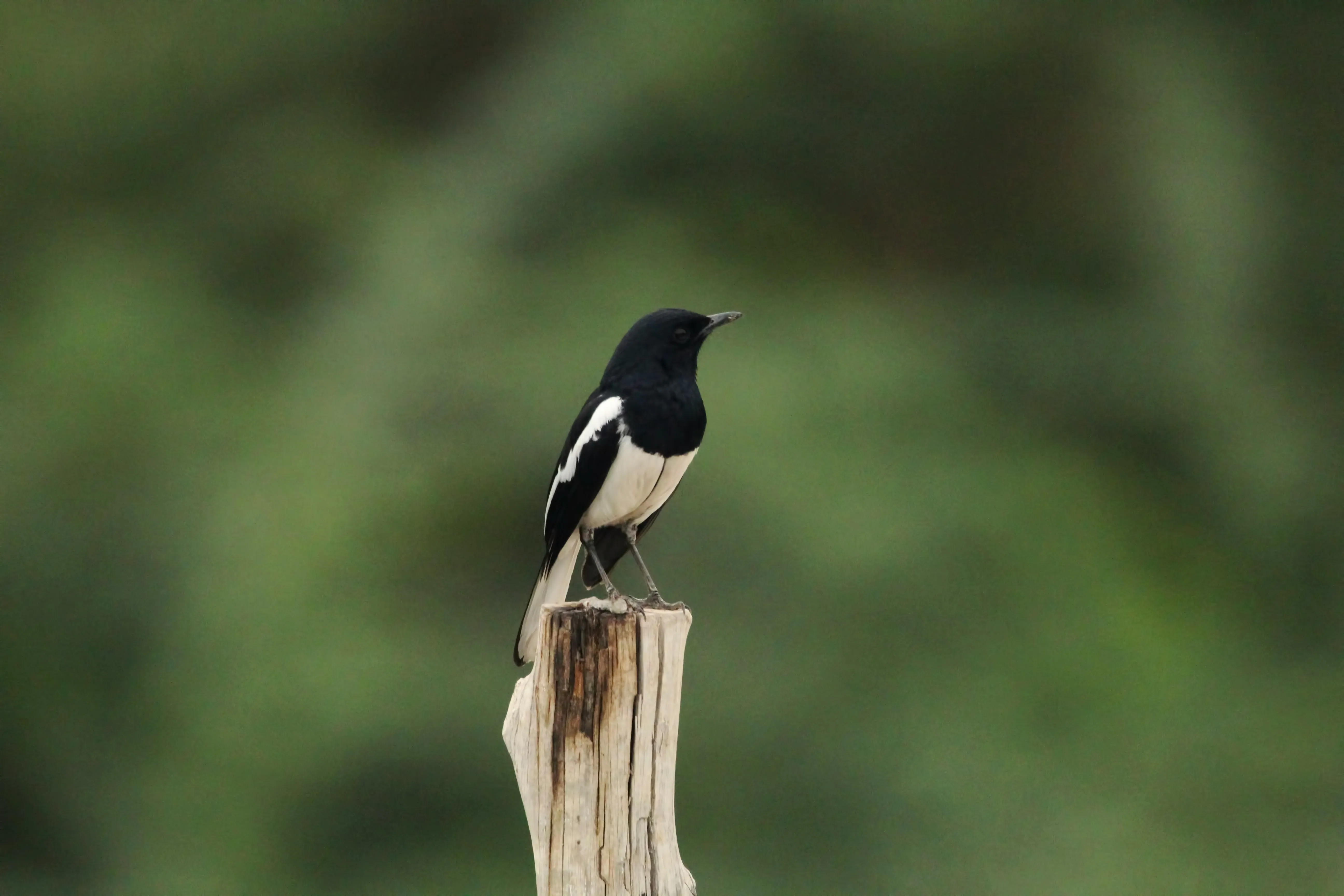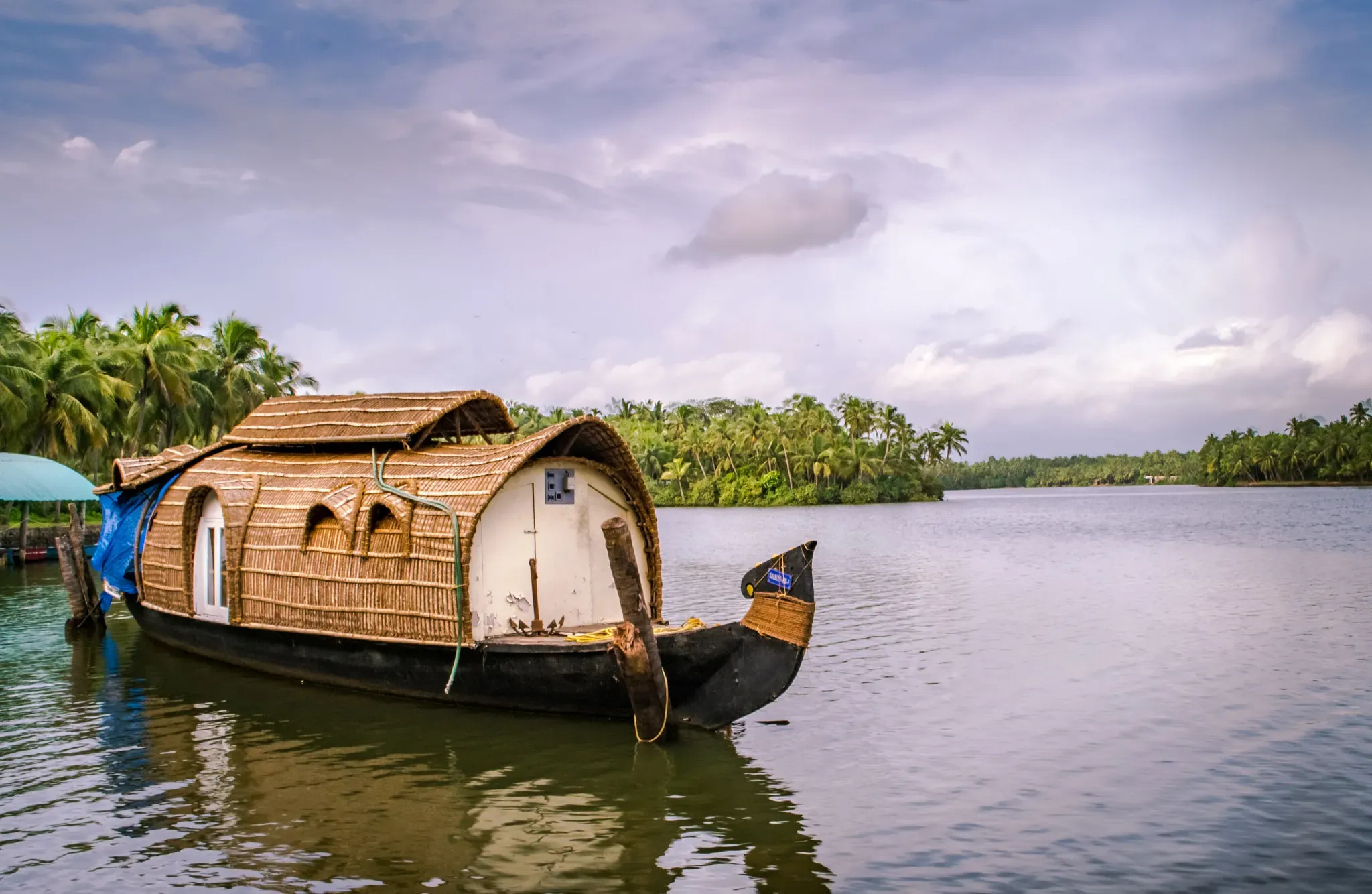10 Reasons Why is Sundarban Famous
10 Reasons Why is Sundarban Famous For
10 Reasons Why Sundarban is Famous: Are you Looking for "Why is Sundarbans famous"? Welcome to the mysterious realm of the Sundarbans, a natural wonder that sparks the curiosity of both class 9 and class 12 students alike. Nestled in the delta of the Bay of Bengal, the Sundarbans is renowned for its enchanting landscapes and unparalleled biodiversity. So, what is Sundarban famous for? Let's delve into the secrets of this unique ecosystem. Sundarbans is famous for its dense mangrove forests, where a harmonious dance of nature unfolds. Class 12 students often marvel at the intricate network of roots, wondering which tree and plant species thrive in this watery haven. The answer lies in the Sundarbans' fame for being home to a variety of trees and plants uniquely adapted to the brackish waters. But that's not all – this UNESCO World Heritage Site is equally famous for its resident animals. Among them, the majestic Royal Bengal Tigers take centre stage, captivating the imagination of both class 9 and class 12 students. Beyond the charismatic tigers, and diverse wildlife, including deer, crocodiles, and numerous bird species, bird festival adds to the region's fame. As we unravel what the Sundarbans are famous for, it becomes clear that it's not merely a forest but a living, breathing entity, supporting local economies and captivating the hearts of students across different classes. Join us on this journey to uncover the secrets of what makes Sundarbans an educational and ecological treasure trove.
WHY IS SUNDARBAN FAMOUS FOR?
What is Sundarban famous for? Sundarban, home to the elusive
Bengal tiger, Indian rhinoceros, saltwater crocodile, spotted deer, and rhesus
macaque, stands out as a biodiversity hotspot. This UNESCO World Heritage Site
is renowned for its avian wonders, including the vibrant kingfisher, majestic
white-bellied sea eagle, elusive masked finfoot, and melodious Oriental
magpie-robin. As you traverse the intricate waterways, you'll encounter the
Ganges River dolphin, Gangetic shark, and olive ridley sea turtle, adding to
the region's ecological diversity. The Sundarbans charm is further enhanced by
the network of rivers, including the Hooghly, Matla, Raimangal, and Bidyadhari,
which crisscross this mangrove expanse. Immerse yourself in the beauty of
Sundarban to witness the harmonious coexistence of these animals, birds, and
rivers, and understand why this natural wonder is rightly famous in West Bengal
for its unparalleled ecological richness and conservation significance.
SUNDARBAN IS FAMOUS FOR WHICH ANIMAL
Sundarbans, the mesmerizing mangrove forest that spans
across India and Bangladesh, is famous for its rich biodiversity, but one
animal steals the spotlight in this unique ecosystem. Sundarbans is famous for
the majestic Bengal tiger, making it a globally renowned destination for
wildlife enthusiasts and nature lovers. Here's why:
1. Bengal Tigers:
- Sundarbans is
home to one of the largest populations of Bengal tigers in the world, known for
their distinct adaptation to the mangrove environment.
- These elusive
creatures are excellent swimmers and are often spotted prowling along the
water's edge, creating a thrilling experience for wildlife enthusiasts.
2. Unique Habitat:
- The Sundarbans is
the only mangrove forest where tigers reside, creating a distinctive ecosystem
that showcases the adaptability and resilience of these magnificent big cats.
- The tangled
network of roots and water channels provides an ideal environment for tigers,
as they navigate through the mangroves with grace and power.
3. Tiger Conservation:
- Sundarbans play a crucial role in tiger conservation efforts, serving as a protected habitat
for these endangered species.
- Conservation
initiatives and ecotourism activities aim to raise awareness about the
importance of preserving the Sundarbans and its iconic Bengal tigers.
4. Birdlife and Biodiversity:
- Beyond tigers,
Sundarbans boasts a diverse array of flora and fauna, including numerous bird species, spotted deer, crocodiles, and various types of fish.
- Birdwatchers
flock to Sundarbans to catch glimpses of rare species, adding to the region's
allure in Sundarban Bird Festival
MUST READ, Sundarban Honey
5. Global Recognition:
- The Sundarbans
Reserve Forest, a UNESCO World Heritage Site, underscores the global
significance of this unique ecosystem and its vital role in supporting
biodiversity.
In conclusion, Sundarbans is famous for the awe-inspiring Bengal tigers that roam its lush mangrove forests, offering a truly unique and unforgettable wildlife experience for those fortunate enough to explore this extraordinary region.
Discovering the Beauty: Sundarbans Tourist Spot Unveiled
SUNDARBAN IS FAMOUS FOR WHICH BIRD
Sundarbans, a mesmerizing mangrove forest located in the
delta of the Bay of Bengal, is famous for its rich biodiversity and unique
ecosystem. Among the myriad of flora and fauna that call Sundarbans home, it is
the elusive and majestic Royal Bengal Tiger that often steals the spotlight.
However, when it comes to the avian wonders of this UNESCO World Heritage Site,
the Sundarbans are particularly renowned for the vibrant and captivating
Kingfisher species that inhabit its waterways and dense foliage. Here's why
Sundarbans is a birdwatcher's paradise, with a special focus on Sundarban Bird Festival on these
fascinating birds:
1. Diversity of Kingfishers:
Sundarbans boast an impressive variety of Kingfisher
species, each adorned with striking colours and distinct characteristics.
Commonly sighted species include the White-throated Kingfisher, Collared
Kingfisher, and the Black-capped Kingfisher.
2. Habitat Along Waterways:
The intricate network of rivers, estuaries, and tidal
waterways within the Sundarbans provides an ideal habitat for Kingfishers. These
birds are often spotted perched on overhanging branches, patiently waiting to
dive into the water for their aquatic prey.
3. Vibrant Plumage:
Kingfishers in Sundarbans showcase a kaleidoscope of colours,
ranging from vibrant blues and greens to bold reds and oranges. Their dazzling
plumage adds a burst of colour to the verdant mangrove landscape.
4. Distinctive Hunting Techniques:
Kingfishers are known for their unique hunting techniques,
which involve swift dives into the water to catch fish. Observing these birds
in action is not only a visual treat but also a testament to the intricate
balance of nature in Sundarbans.
5. Ecotourism and Birdwatching:
Sundarbans has become a hotspot as a bird festival spot for ecotourism and
birdwatching enthusiasts seeking to catch a glimpse of these enchanting
Kingfishers in their natural habitat. Local guides provide valuable insights
into the behaviour and habits of these captivating birds.
In conclusion, Sundarbans is not just renowned for its
tigers; it is also a haven for bird enthusiasts, with the Kingfishers taking
centre stage in the avian spectacle that unfolds amidst the mangrove canopies
and waterways. Witnessing these colourful birds in their natural habitat adds a
layer of enchantment to the already magical Sundarbans' experience.
SUNDARBAN IS FAMOUS FOR WHICH TREE
Sundarbans is famous for its enchanting mangrove forests, a
natural wonder that boasts an incredible biodiversity. This unique ecosystem,
situated in the delta region of the Padma, Meghna, and Brahmaputra river
basins, is renowned for the presence of the Sundari tree, which lends its name
to the entire region. Let's delve into the fascinating world of Sundarbans and
the significance of the Sundari tree:
1. Sundari Tree Dominance:
Sundarbans is famous for the Sundari tree (Heritiera fomes),
which is the most abundant species in this mangrove forest. The name
"Sundarbans" itself is derived from the combination of two words -
'Sundari' and 'ban,' where 'Sundari' translates to beautiful and is a reference
to the remarkable Sundari tree.
2. Unique Adaptations:
Sundari trees are well-adapted to the brackish water of the
delta with their stilt-like roots that not only provide stability but also help
in breathing during high tide. These adaptations make them an integral part of
the Sundarbans' ecosystem.
3. Ecological Significance:
Beyond their aesthetic appeal, Sundari trees play a crucial
role in maintaining the ecological balance of the region. They provide habitat
and sustenance for a myriad of wildlife, including the elusive Bengal tiger,
spotted deer, and a variety of bird species.
4. Tidal Influence:
The Sundarbans experience a unique tidal influence due to
their proximity to the Bay of Bengal, making them a dynamic and ever-changing
landscape. The Sundari trees, with their ability to withstand both saline water
and muddy soil, contribute to the resilience of this ecosystem.
5. Conservation Challenges:
Despite their ecological importance, Sundari trees face
threats from human activities, climate change, and habitat destruction. Efforts
are underway to conserve this vital ecosystem and protect the Sundari trees
that define the beauty of Sundarbans.
Visiting Sundarbans offers a firsthand experience of the mesmerizing Sundari trees and the intricate web of life they support, making it a must-visit destination for nature enthusiasts and eco-travelers alike.
SUNNDARBAN IS FAMOUS FOR WHICH PLANT
Sundarbans, renowned as one of the world's largest mangrove
forests, is famous for its unique and diverse flora. This UNESCO World Heritage Site, located in the delta region of the Bay of Bengal, boasts a plethora of
plant species that contribute to its ecological significance. Here's a closer
look at what makes Sundarban vegetation truly extraordinary:
1. Sundarban is famous for the Sundari Tree:
At the heart of
Sundarbans lies the iconic Sundari tree (Heritiera fomes), which not only lends
its name to the region but also dominates the landscape. These mangrove trees
are well-adapted to the saline environment, with their distinctive stilt roots
providing stability in the swampy terrain.
2. Rich Mangrove Ecosystem:
Sundarbans is
celebrated for its intricate network of mangroves, serving as a vital breeding
ground for a myriad of aquatic species. The mangrove ecosystem plays a crucial
role in protecting the coastal areas from erosion, acting as a natural barrier
against storms and tidal surges.
3. Avicennia and Rhizophora Species:
The Sundarbans are also home to various species of Avicennia and Rhizophora mangroves, adding to
the biodiversity of the region. These mangrove species contribute to the
overall resilience of the ecosystem, fostering a delicate balance between land
and water.
4. Salt-Tolerant Flora:
The unique feature
of Sundarbans is its ability to sustain plant life in a saline environment.
Many of its plant species have developed specialized mechanisms to cope with
high salinity levels, showcasing the adaptability of nature in challenging
conditions.
5. Medicinal Plants:
Beyond its
ecological importance, Sundarbans is a treasure trove of medicinal plants. The
traditional knowledge of the local communities is deeply rooted in the use of
these plants for various health remedies, showcasing the symbiotic relationship
between humans and the natural environment.
In conclusion, Sundarbans' fame in the realm of plants
extends far beyond its breathtaking scenery. It stands as a testament to
nature's resilience and the intricate web of life that thrives in this unique
mangrove ecosystem.
WHAT IS THE SUNDARBAN FAMOUS FOR CLASS 9
Sundarban is famous for its unique and diverse ecosystem, making it an unparalleled natural wonder that captivates the imagination of students in class 9. Here's a closer look at what makes the Sundarbans so renowned:
1. Mangrove Forests:
Sundarbans is home to the largest mangrove forests in the world, serving as a vital protective barrier against natural disasters like cyclones. The intertwining roots of these mangroves create a complex network, offering a habitat for a myriad of wildlife.
2. Royal Bengal Tigers:
Class 9 students are often intrigued to learn that Sundarbans is home to the majestic Royal Bengal Tigers. The mangrove ecosystem provides an ideal environment for these elusive creatures, making it one of the few places on Earth where one can witness these magnificent animals in their natural habitat.
3. Rich Biodiversity:
Beyond tigers, the Sundarbans boast an incredible array of flora and fauna. Various species of deer, crocodiles, snakes, and numerous bird species thrive in this unique ecosystem. Exploring this biodiversity can be both educational and thrilling for students.
4. UNESCO World Heritage Site:
The Sundarbans have earned the prestigious designation of a UNESCO World Heritage Site, acknowledging its outstanding ecological significance. This recognition adds an extra layer of importance and interest for students studying the region.
5. Economic Importance:
The Sundarbans aren't just a haven for wildlife; they also play a crucial role in the livelihoods of local communities. The region is a source of various resources, including timber, honey, and fish, supporting the economy of the surrounding areas.
In conclusion, for class 9 students, the Sundarbans represent a real-world example of the delicate balance between nature and human activity. Its fame is not just confined to its breathtaking beauty but extends to its ecological importance and the unique experiences it offers to those fortunate enough to explore its enchanting landscapes.
SUNDARBAN IS FAMOUS FOR CLASS 12
Sundarban is famous for its enchanting beauty, unique
biodiversity, and cultural significance, making it a captivating subject for
Class 12 students exploring the wonders of our planet. Nestled in the delta
region of the Bay of Bengal, Sundarban is the largest mangrove forest in the world and a UNESCO World Heritage Site. Here are some key points that highlight
why Sundarban is a popular topic for Class 12 studies:
1. Biodiversity Hotspot:
Sundarban is renowned for its rich biodiversity, housing a
diverse range of flora and fauna. The mangrove ecosystem supports various
species, including the elusive Bengal tiger, saltwater crocodile, and spotted
deer.
2. Mangrove Ecosystem:
One of the unique features of Sundarban is its intricate
mangrove ecosystem. The intertwining roots of mangrove trees not only provide a
habitat for numerous species but also act as a natural barrier against coastal
erosion and cyclones.
3. Ecotourism Hub:
Sundarban attracts nature enthusiasts and researchers alike
due to its status as a prime ecotourism destination. The vast network of rivers
and estuaries offers a picturesque setting for studying ecological balance and
sustainable tourism practices.
4. Cultural Significance:
Beyond its ecological importance, Sundarban holds cultural
significance for the local communities. The residents, known as 'Moriyas,' have
a deep connection with the forest and its inhabitants, and their unique
lifestyles and traditions make for an intriguing study.
5. Climate Change Impact:
Studying Sundarban also provides insights into the effects
of climate change. The rising sea levels and changing environmental conditions
in this region offer a real-world case study for Class 12 students interested
in environmental science and geography.
In conclusion, Sundarbans fame in academic circles stems
from its remarkable blend of biodiversity, ecological significance, cultural
richness, and relevance to pressing global issues. For Class 12 students,
exploring Sundarban offers a holistic perspective on the delicate balance
between nature and human interaction, making it an engaging and educational
topic of study.
SUNDARBAN: FAMOUS FOR TRANQUIL HOUSEBOAT RETREATS
Sundarban is famous for its unique houseboat experiences,
offering a captivating blend of adventure and tranquillity. Navigating through
the intricate network of mangrove forests, these houseboats provide an
unparalleled glimpse into the heart of the Sundarbans, the largest mangrove
forest in the world. Sundarban is famous for its houseboats that offer a
comfortable stay amidst nature's beauty. As you float along the winding
waterways, you'll encounter diverse wildlife and pristine landscapes. Whether
you seek a peaceful retreat or an adventurous escapade, Sundarbans houseboats
promise an unforgettable journey. Immerse yourself in the charm of the
Sundarbans – where nature and comfort seamlessly coexist.
SUNDARBANS: FAMOUS FOR JUNGLE CAMP | TENT CAMPING
Sundarbans is famous for its mesmerizing Jungle Camp experience, offering nature enthusiasts a unique and immersive adventure.
Nestled within the heart of the world's largest mangrove forest, Sundarbans
presents a haven for wildlife enthusiasts and eco-conscious travellers. The Jungle Camp in Sundarbans allows visitors to connect with nature on a profound
level, surrounded by lush greenery and diverse wildlife. The camp offers a
perfect blend of tranquillity and adventure, providing an escape from the hustle
and bustle of city life.
Sundarbans, famous for its Jungle Camp, attracts adventure
seekers with its pristine beauty and abundant biodiversity. Explore the dense
mangrove forests, witness exotic flora and fauna, and embark on thrilling safaris. The Jungle Camp experience in Sundarbans is a gateway to a world where
nature reigns supreme. Immerse yourself in the wilderness, rejuvenate your
senses, and create memories that last a lifetime. Sundarbans truly stands out
as a paradise for those seeking a unique and unforgettable jungle camping
adventure.
Conclusion
In conclusion, Sundarban is famous for its incredible biodiversity, housing majestic Bengal tigers, Indian rhinoceros, and an array of unique animals. The mesmerizing avian species add to its charm, making it a paradise for birdwatchers. Visiting places in Sundarban offer a blend of adventure and tranquillity, with scenic rivers like Hooghly and Matla enhancing the experience. Exploring this natural wonder is an unforgettable journey, especially when opting for tent camping that brings you closer to nature. My personal experience in Sundarban was nothing short of magical – from the thrilling encounters with wildlife to the peaceful moments by the riverside. Sundarban's beauty, coupled with its diverse flora and fauna, creates a lasting impression, making it a must-visit destination for nature lovers seeking an enriching and immersive adventure.
image Credits:















.webp)


আজকের আইটির নীতিমালা মেনে কমেন্ট করুন। প্রতিটি কমেন্ট রিভিউ করা হয়।
comment url